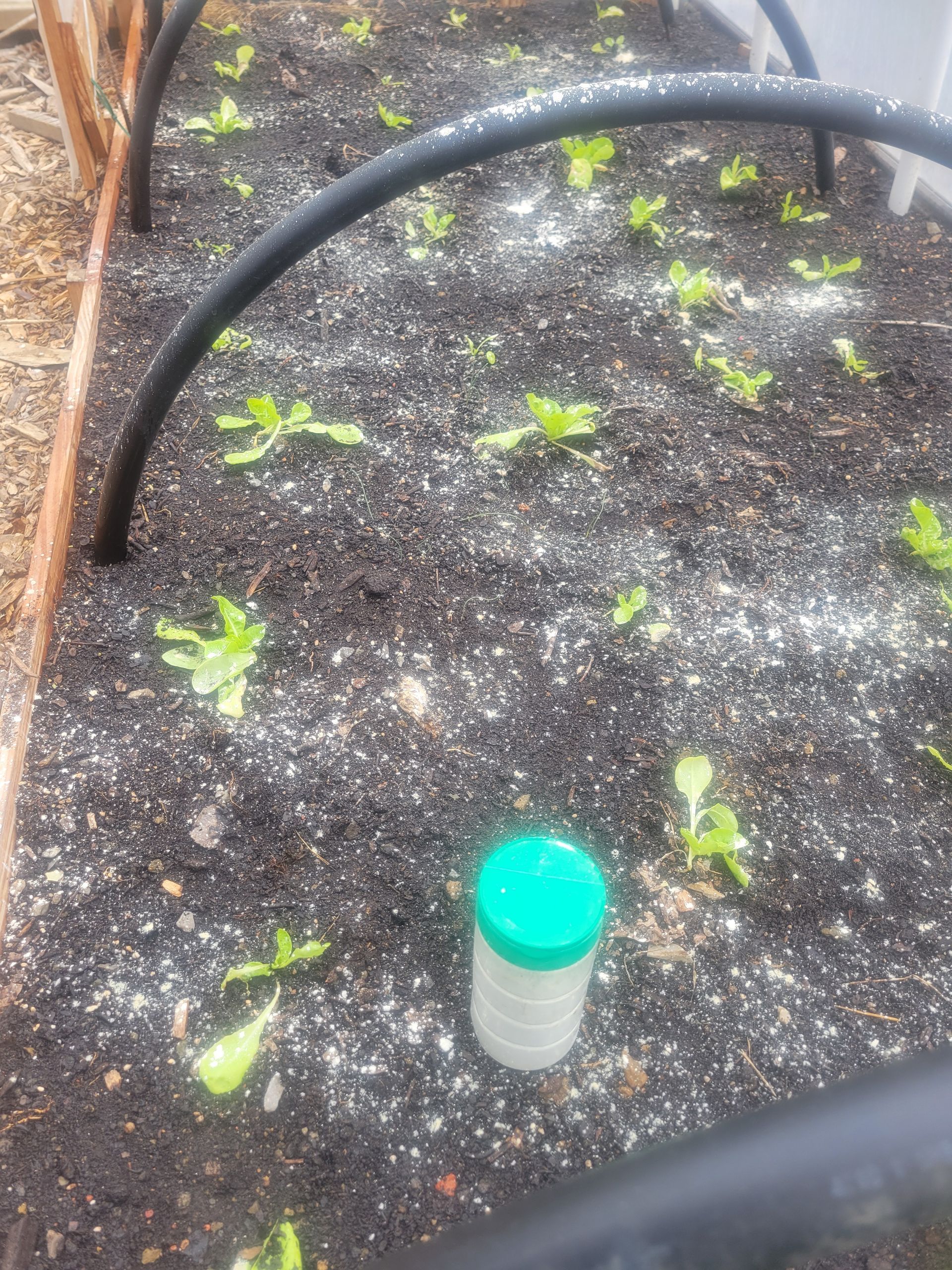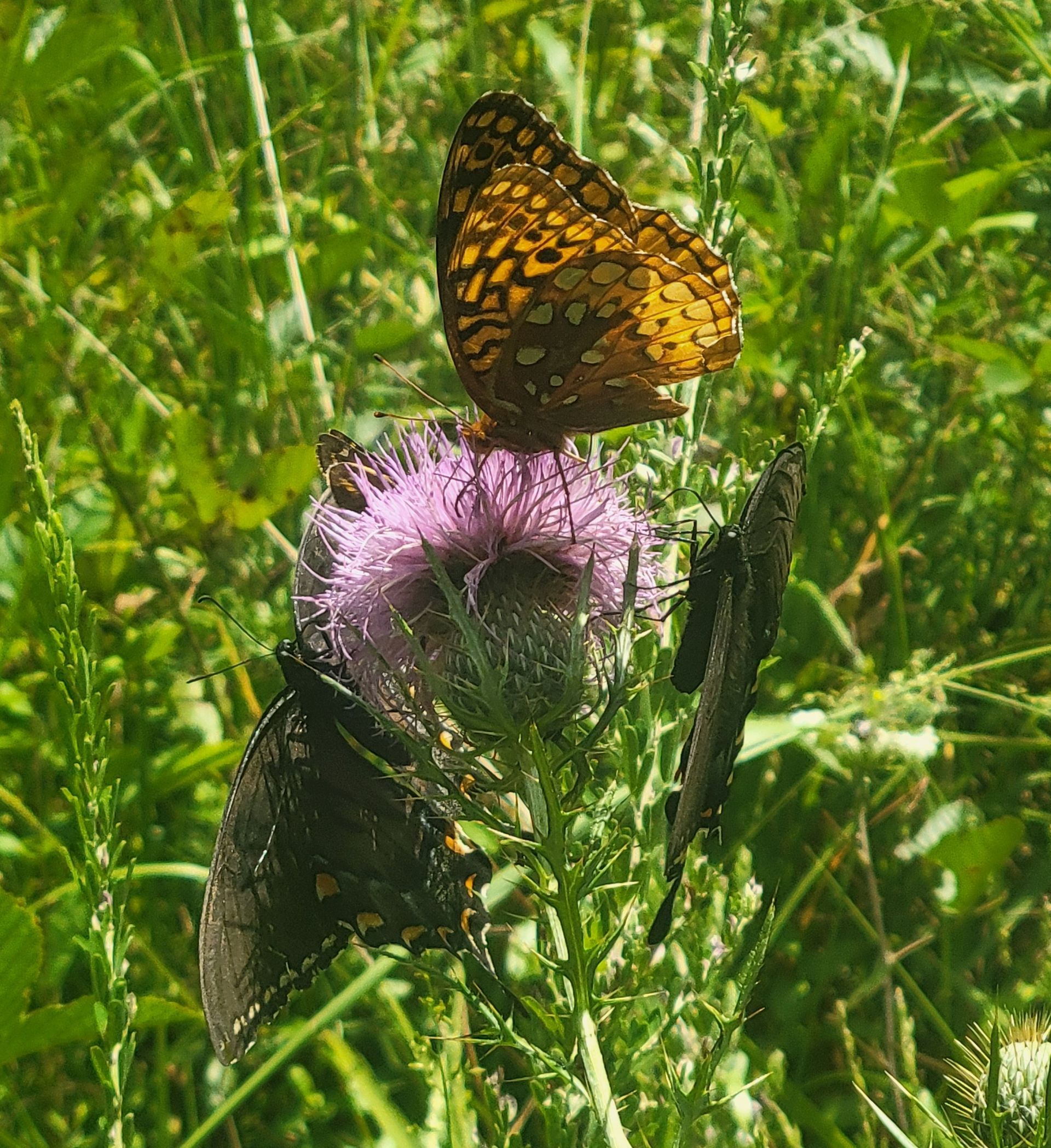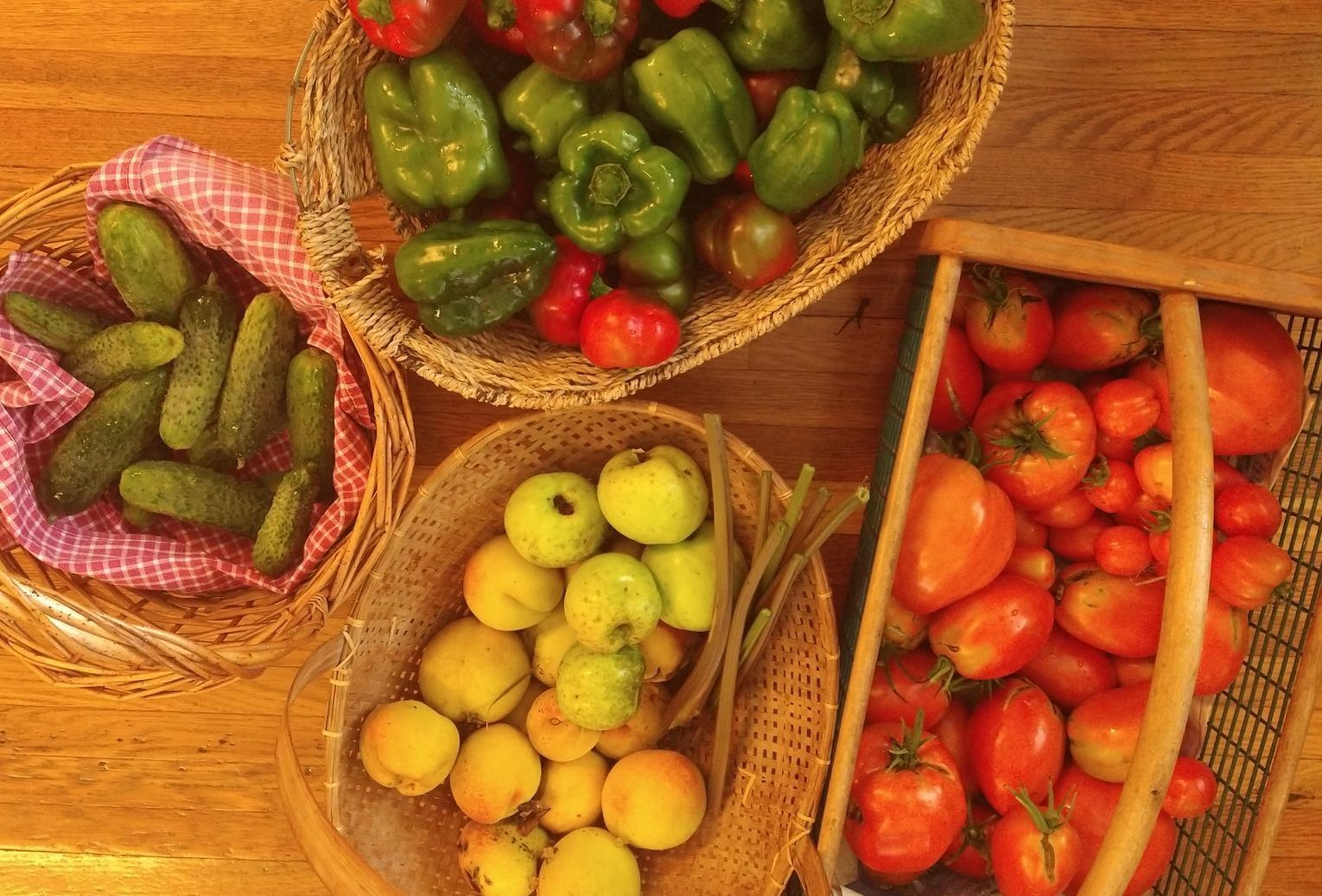Planting Our Legacies
I’m probably not the only one who is feeling discouraged these days. I know that I’ve felt helpless in making positive differences when politicians are acting with cruelty towards many, while also changing policies to accelerate climate change. But I have some good news after reading Doug Tallamy’s book, “The Nature of Oaks.” It certainly got my energy flowing again by giving me a way to help protect our beautiful world. I think it might help you smile more too. Let me share some of what I learned with you, with the hope you’ll also delight in his book and its possibilities.
First of all, Tallamy’s book is short and very “readable.” His deep knowledge of the natural world would have left me behind if his many photographs hadn’t been part of his explanations. As he takes us month-by-month through the year to explain oak’s contributions, I became increasingly amazed how many thousands of creatures rely on oaks for support.
The key to understanding why planting an oak tree is so important is that oaks are a “keystone species.” This means that oaks are essential to the life cycles of many wildlife species and therefore to the food webs that support entire ecosystems. Their leaves, whether green on the tree or later dried on the ground, are essential to hundreds of creatures. When we also consider the additional animals who rely on acorns, we see that oaks are actually essential to thousands of creatures. I admit to not having been aware of many of these species, but they are all essential to the web of life. Most of us recognize the oak trees’ acorns as being important to many species such as rodents, bears, raccoons, opossums, and white-tailed deer. But a single oak can host so many other creatures with their leaves.
For example, oaks support 245 species of moths (30%). After the woods around us were cut for pasture in the 1950s, it was mainly Tulip poplars that grew to replace oaks. But these poplars only support 17 moth species (2%).
Most of us are aware of at least some of the 1,000 kinds of moths and butterflies hosted by oak trees. But these “Lepidoptera” have lost from 40% to 90% of their population, and one of five of these species have disappeared over the last 20 years. Their importance in the web of life is far more essential than my delight in their beauty and appreciation in their role as pollinators.
These butterflies and moths’ dependency on oaks is mainly in nurturing their caterpillars. It’s not just the green, summer leaves that these offspring rely on, but also the dead leaf litter on the ground. This litter provides nourishment and protection, not just for many caterpillars, but also snakes, lizards, tiny wasps and spiders. These creatures are all linked to a vast web of life. For example, caterpillars, which are high in protein and fat, are essential in fueling migratory birds’ long flights. These caterpillars also provide nourishment for songbirds’ offspring. I was not aware of birds’ enormous dependency on caterpillars, nor the caterpillars’ dependence on oaks. It may have seemed cruel to have so many caterpillars eaten, but I now have a better understanding of their essential role in the entire web of life. According to Tallamy, there’s been a 45% decline globally in the number of insects since 1979. That is one important factor in there now being 3 billion fewer birds in North America than there were just 50 years ago.
After recounting how much wildlife has been lost, you might be wondering how this book “lifted my spirits.” But if we can plant an oak tree or two, we’ll leave behind a legacy that will support thousands of creatures. I have a source of seeds (acorns) because although the oaks in the woods surrounding the house were lost, there remains a majestic White Oak along the back fence-line. Mature trees are often spared on fencerows because neighbors don’t want to contest who might “own” these trees. Older growth was also spared on the steep and rocky hillsides where mature Red, White and Chinkapin oaks remain. One large, Red oak came down in last year’s hurricane. It was more than 180 years old—my best attempt at counting rings after it was cut to reopen our walking trail.
I have a dream of reforesting a three acre field that has been cut for pasture. Most people don’t have a spare field in which to plant large trees, but this should not prevent us from planting these precious, “keystone” trees. Oaks come in all sizes so you’ll be able to choose a variety that will fit your yard or any available space. North America has about 90 species of oaks, which are the genus Quercus. It’s not possible for many homeowners to imagine a 100 foot tall oak, with a crown spreading 120 feet, in their yard. However, there are many smaller oaks that would fit well in urban lots, like the dwarf chinquapin oak, bluejack oak, dwarf live oak and scrub oak. Tallamy’s book actually lists oaks by size—small (25 feet or less), medium (30 to 50 feet), or large (75 feet or taller). Just as importantly, he also lists what’s native to each area in the United States. We have to plant a native variety if we want to support local wildlife.
Some people might protest that they don’t want oaks in their yard because the roots might buckle sidewalks or driveways. Not true, says Tallamy. Except for varieties like the Willow oak, most oaks send their roots deep and are not a problem. In fact these roots spread far beyond the crown of the tree and are helpful in stabilizing soil and sequestering carbon.
I’m pretty excited about being able to help so many creatures and the environment far into the future, but where to begin? Nurseries provide ready-to-plant oaks in containers, balled-in-burlap, or bare-root trees. Bare root trees will need planting right after purchase in the spring. It is these bare-root saplings that are most affordable and have the best chance of surviving. But I like Tallamy’s suggestion of planting “an acorn or two in the fall.” When we know that an oak tree is native to our area, we can gather acorns and then get them growing in a safe place overwinter.
This autumn, I plan to collect acorns. White oaks drop their acorns in the fall and germinate almost immediately, and so need to be collected and planted then. For those of you on the same learning-curve that I am, white oaks are those whose leaves have rounded leaf tips, while red oak leaves have pointed leaf tips with “bristles” at the tips. Red oak acorns should also be gathered in the fall although they don’t germinate until after the following year’s springtime.
Bluejays certainly plant thousands of oaks directly into the ground, but rodents still find the vast majority of them. Instead of following the Bluejay’s method, Tallamy recommends planting acorns in pots for the winter. The soil he uses is a mixture of potting and local soil. To plant acorns, we’re to remove the cap and plant them about ½” deep with their pointy ends down. They’ll still need protection from mice, and if that puts them in a dry shed or back porch, they’ll need watering monthly. I confess that the Bluejay’s method seems easier to me, but I’m getting older now (aren’t we all?!) so I’d better go for higher success and plant acorns in pots. The White oaks will sprout earliest. The Red oaks will develop roots overwinter, and sprout in the spring.
When spring does arrive, I plan to cart these precious seedlings up to the meadow. Tallamy suggests planting two or three of these trees within ten feet of each other so their roots will entwine in the future for nourishment and support. It’s a hike to that future-forest, so I admit that establishing these oaks might be a challenge. Wire cages would help protect the seedlings from the ever-marauding deer. And they will need water carted to them that first year during dry spells. Oaks planted closer to home have the best chance of receiving this care and there are a couple of places for an oak or two in this yard that already has many trees. But I’ll consider it a success if even a few oaks can get established in the meadow. And for the oaks already growing in our yards, we now have the perfect excuse to not rake leaves in the fall. After all, we’re just taking care of the many little creatures that depend on the oak’s leaf litter!
You’re probably wise in thinking that I might be a bit over-confident of my abilities at my age. But if each of us can leave behind a single oak tree, we will be supporting an incredible amount of wildlife. I may only live to see their early years, but it makes me smile to think of songbirds feeding their young on caterpillars, butterflies and moths being here for our grandchildren, or bear and deer munching acorns. I can’t think of a better or more possible legacy that I can leave behind.



